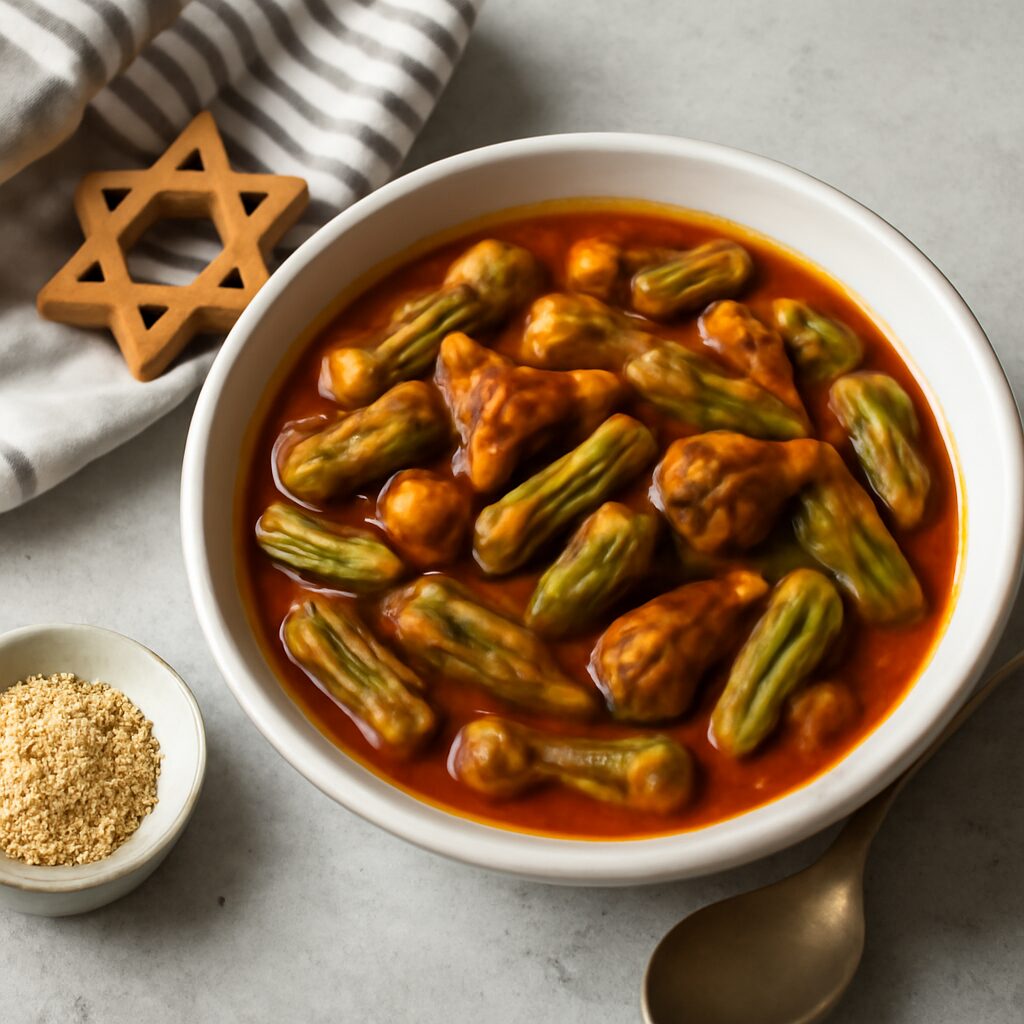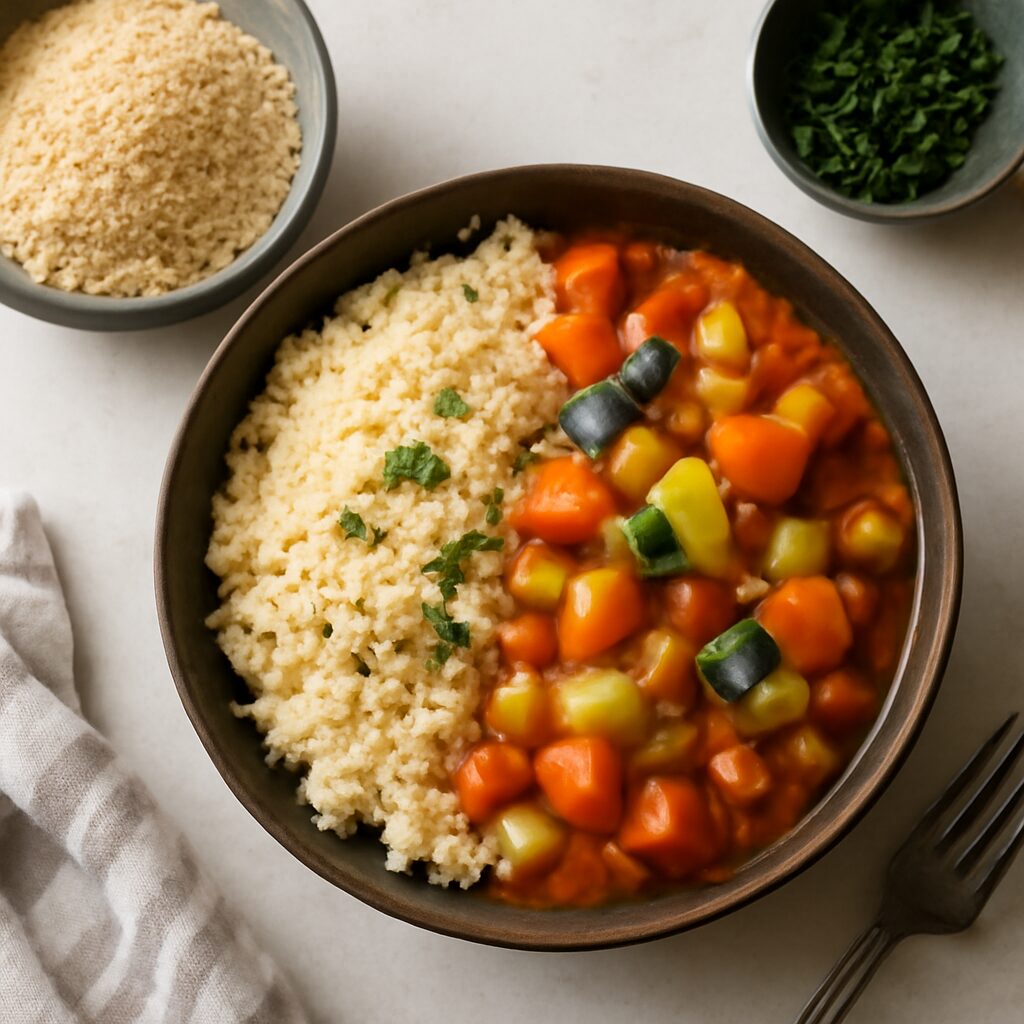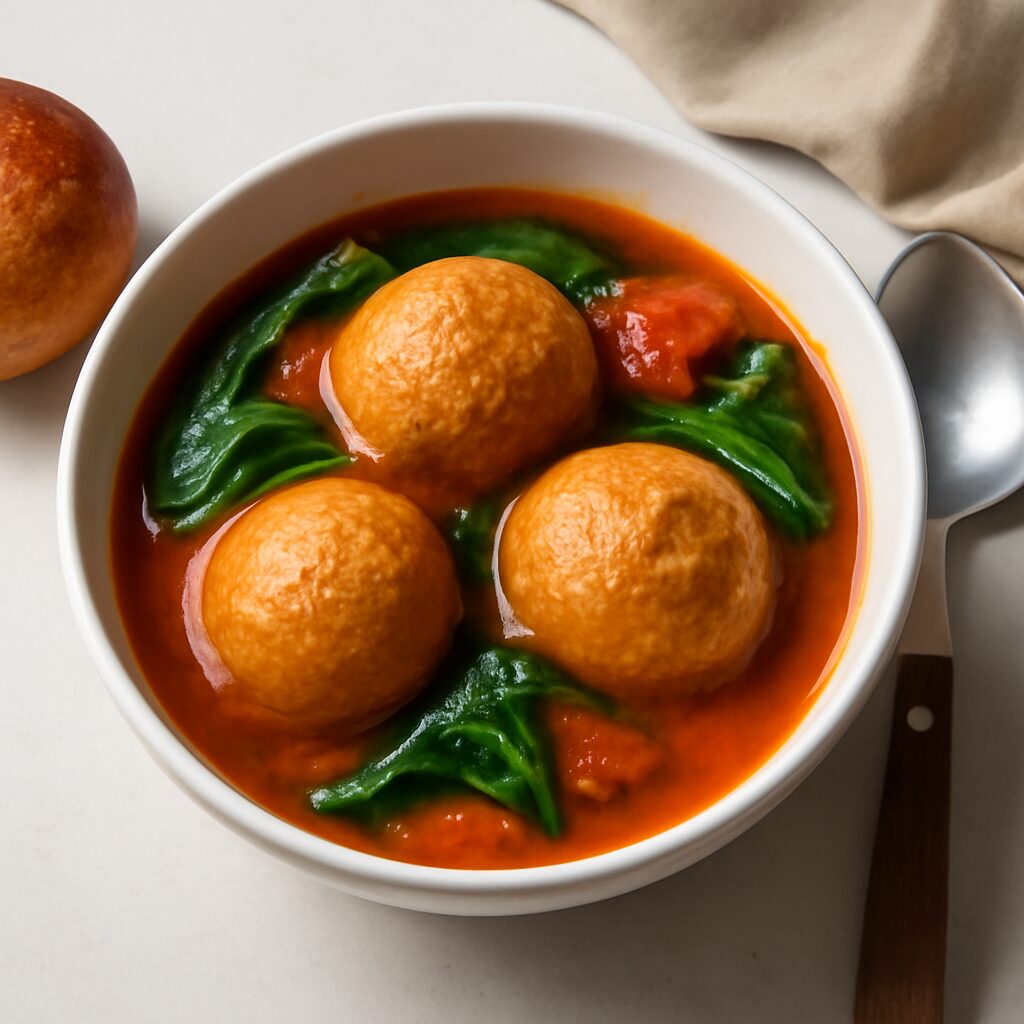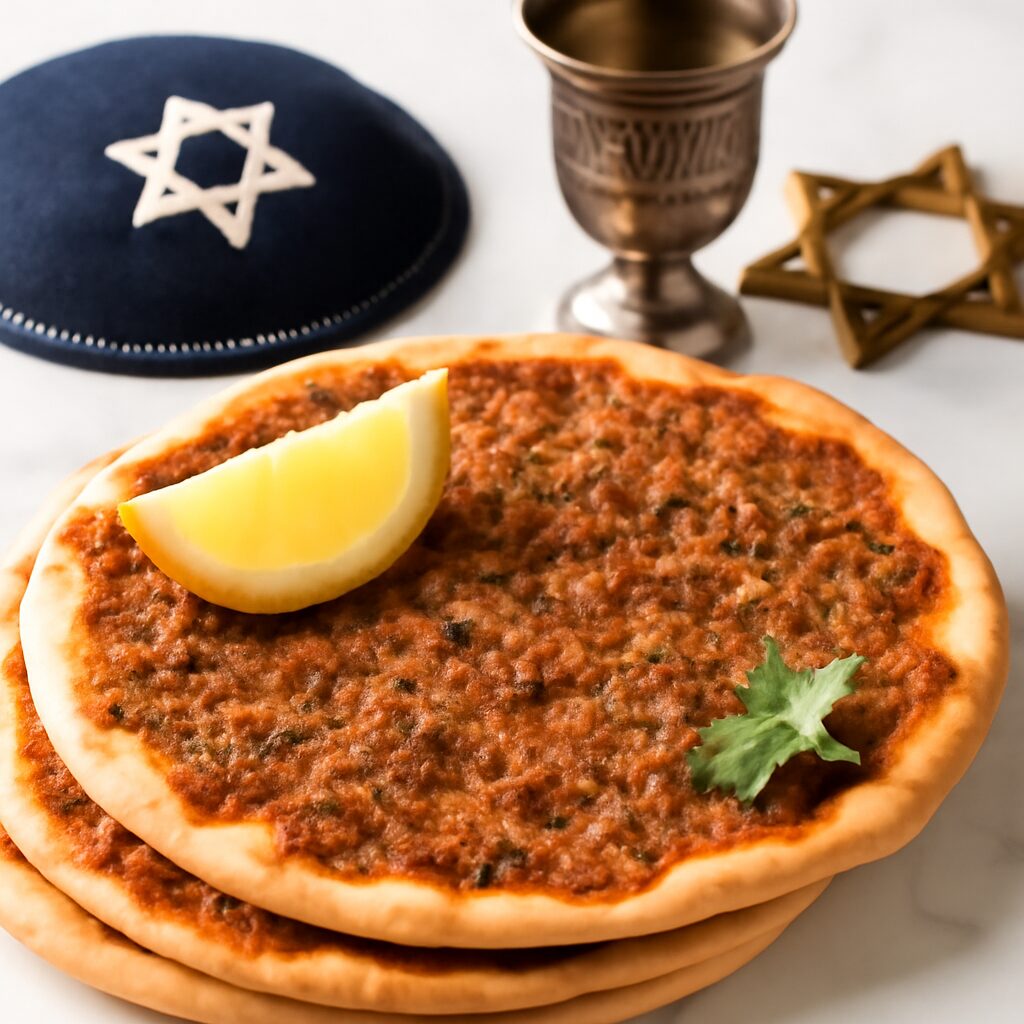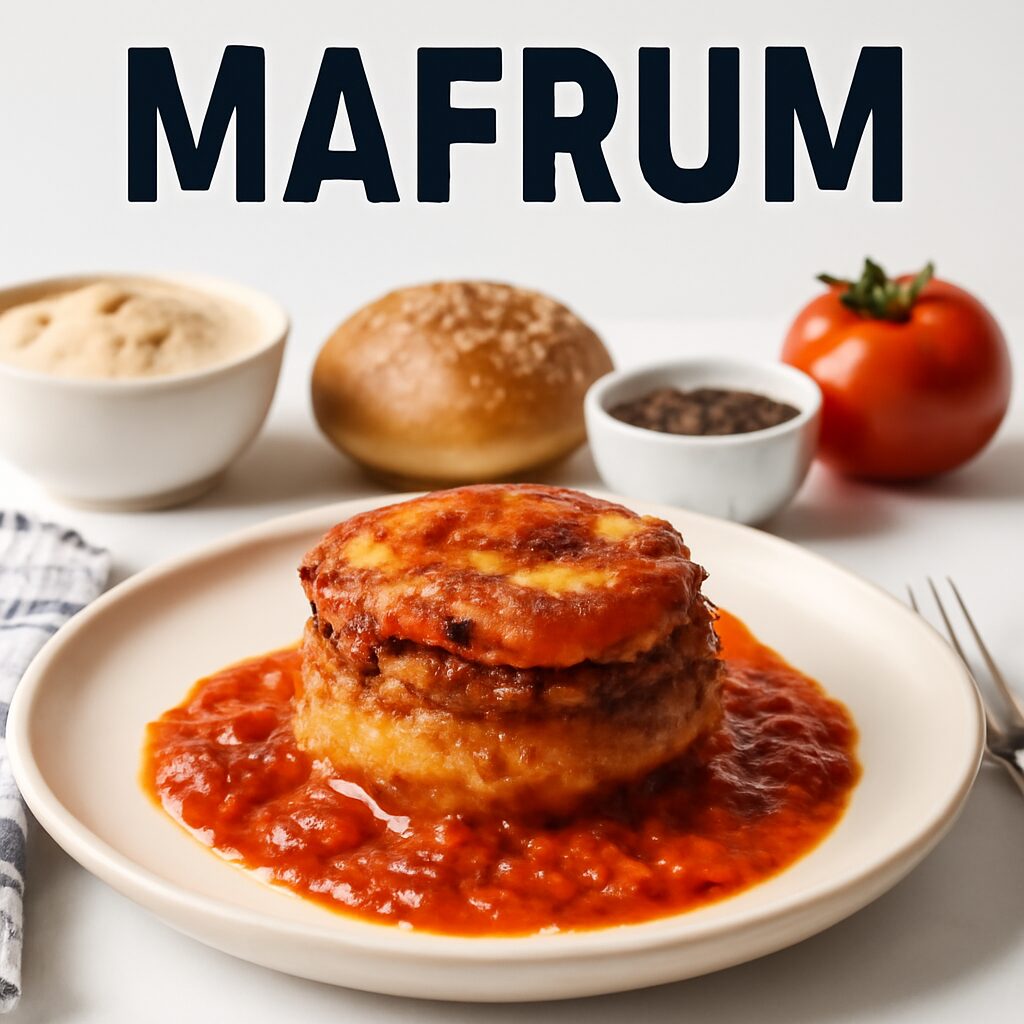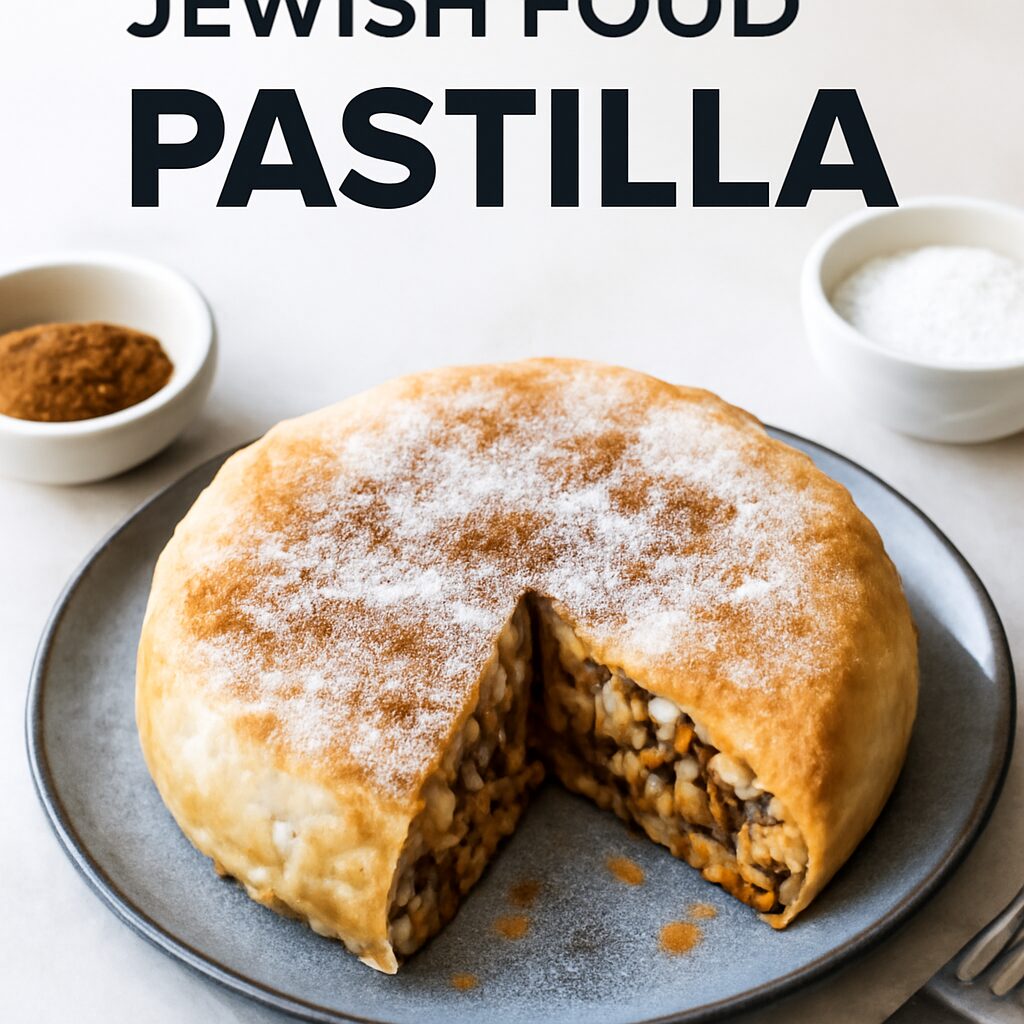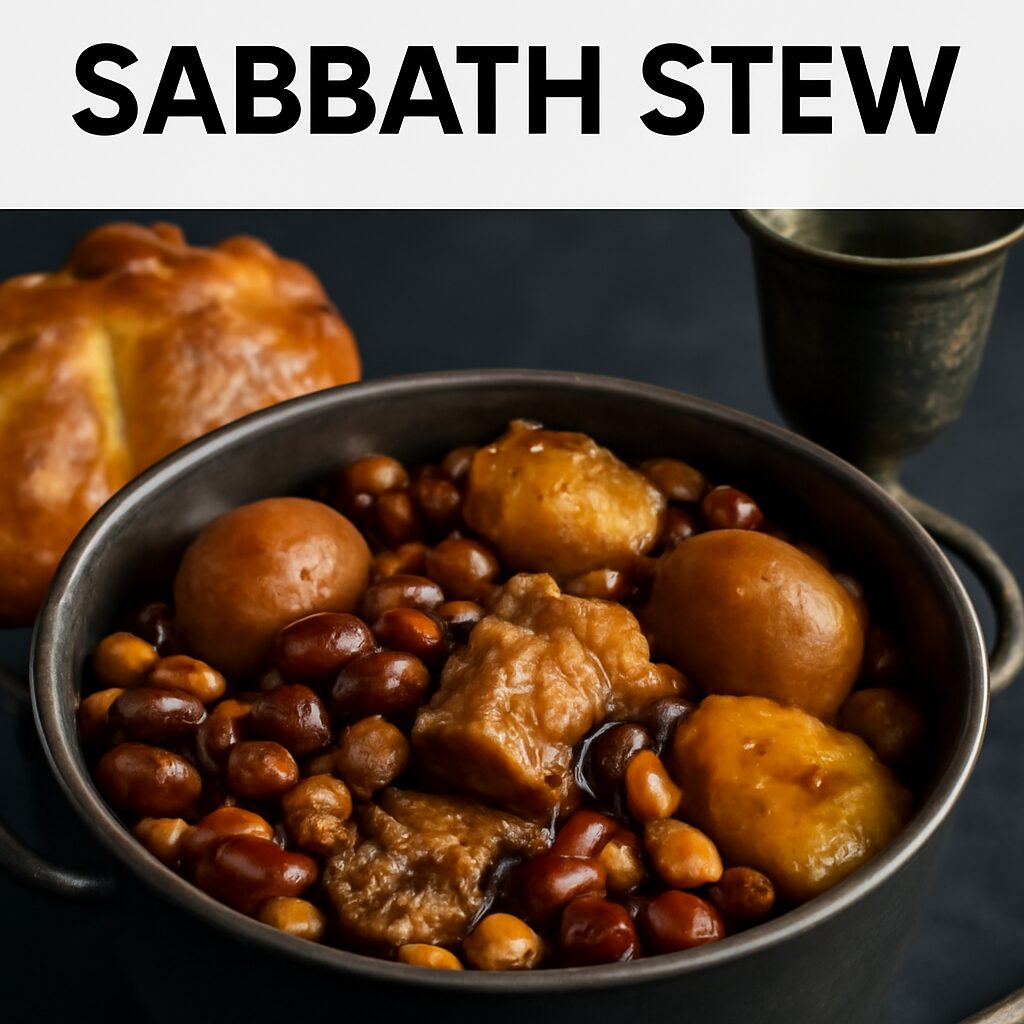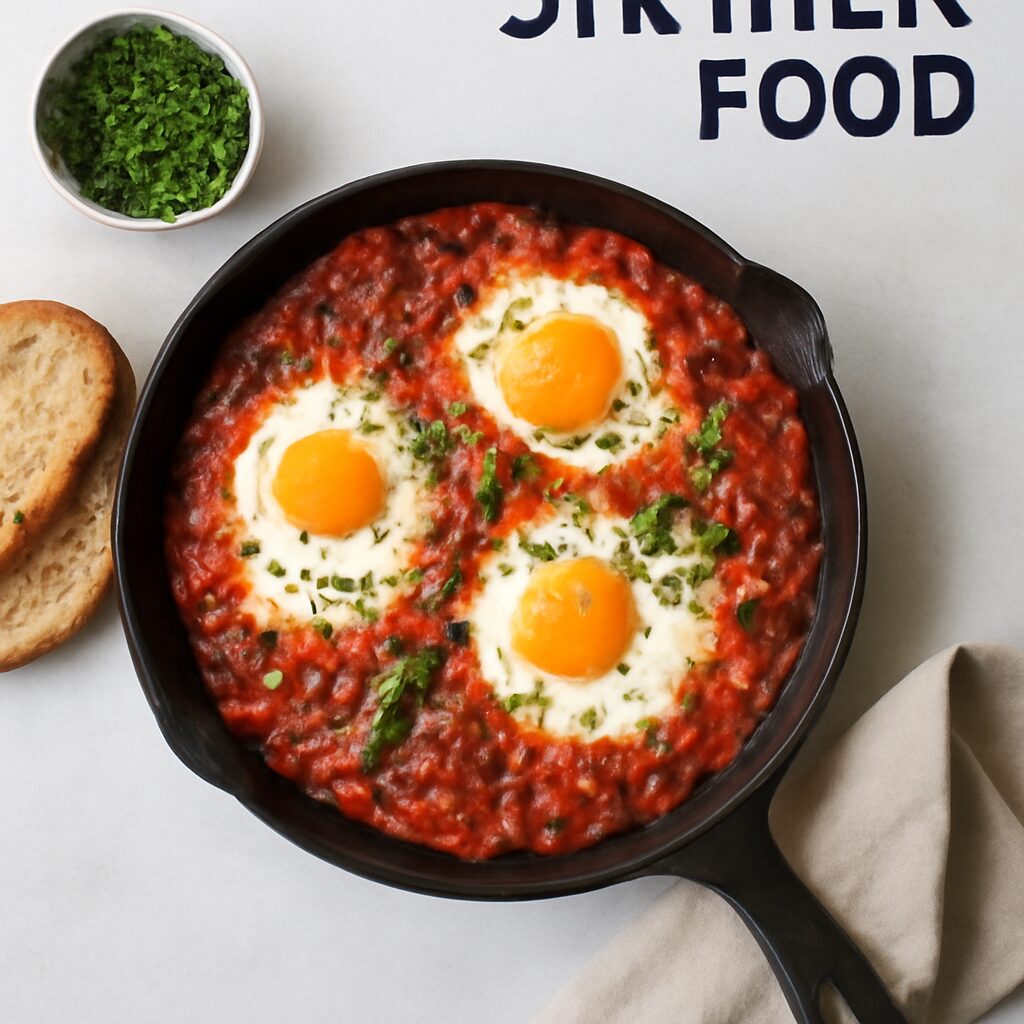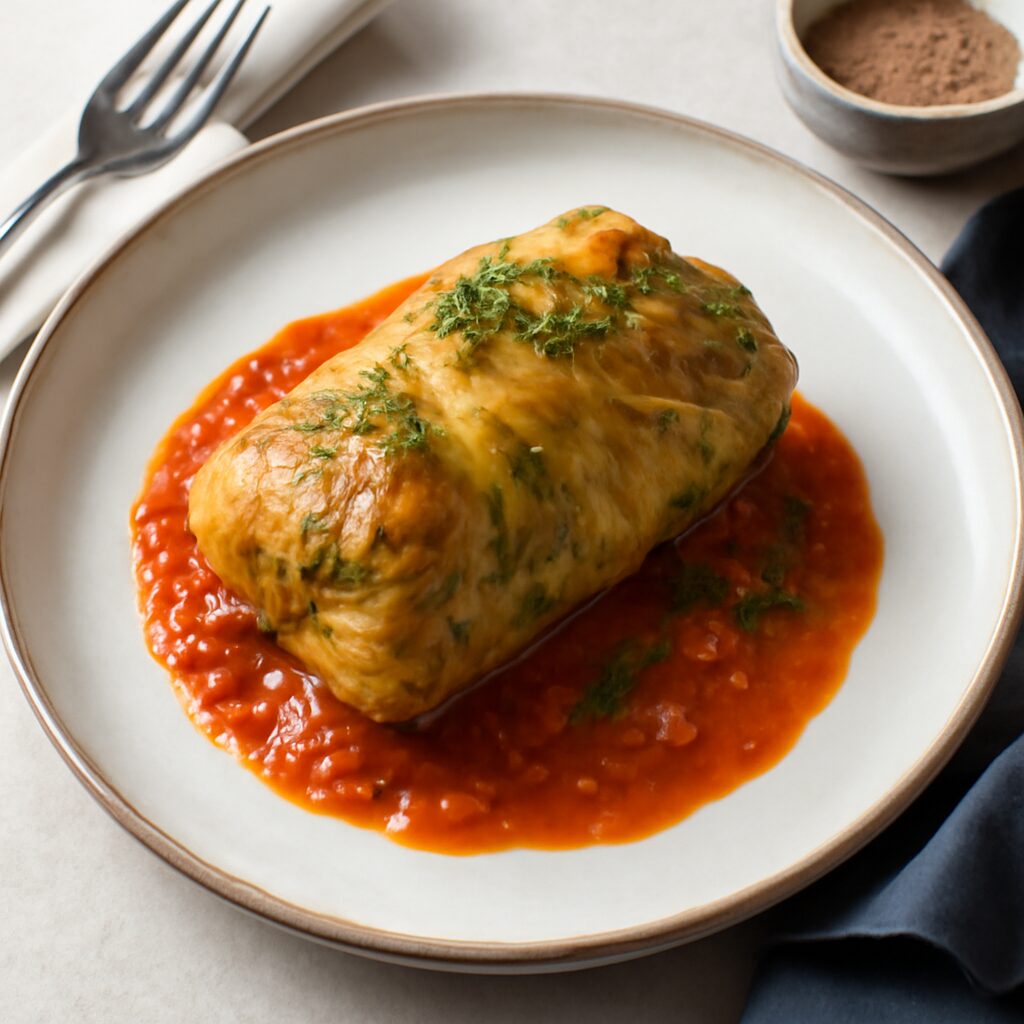
Tajine is a slow-cooked stew that holds a special place in Jewish cuisine, particularly among Sephardic and Mizrahi communities. Named after the earthenware pot it's cooked in, this dish often combines meat, vegetables, and aromatic spices like cumin and turmeric. Its preparation varies by region, reflecting the diverse culinary traditions of Jewish cultures across North Africa and the Middle East.
Making Tajine:
1.
Traditions and Heritage of Tajine
Tajine
{solution}
Frequently Asked Questions
What is a tajine?
A tajine is a traditional North African dish named after the earthenware pot it's cooked in. It typically consists of slow-cooked savory stews with meat, poultry, or fish, and includes vegetables, spices, dried fruits, and nuts.
Is tajine part of Jewish cuisine?
Yes, tajine is an important part of Sephardic and Mizrahi Jewish cuisine, especially among Jewish communities from Morocco, Tunisia, and Algeria. Jewish versions often feature kosher meats and may have unique spice blends or preparation methods for holidays.
What makes Jewish tajine different?
Jewish tajines often incorporate ingredients like preserved lemons, olives, and specific spice mixes (like ras el hanout) while adhering to kosher laws. Some versions are prepared for Shabbat or holidays with symbolic ingredients like quinces or dates.
Can tajine be made vegetarian?
Absolutely! Many Jewish vegetarian tajines feature chickpeas, lentils, or eggplant as the main protein, cooked with seasonal vegetables and aromatic spices. These are popular for meatless meals or during the Nine Days before Tisha B'Av.
Do you need a special pot to make tajine?
While traditional clay tajine pots are ideal for authentic slow cooking, you can make tajine in any heavy-bottomed pot or Dutch oven. The key is low heat and a tight lid to trap steam, replicating the original cooking method.


